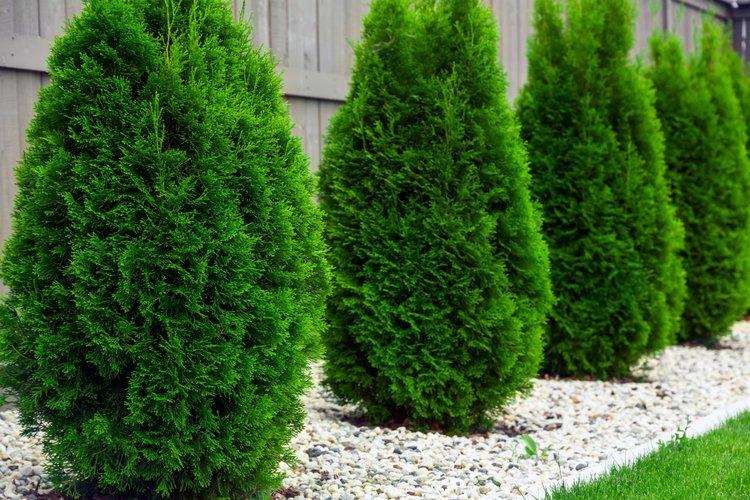How Often Does My Evergreen Tree Need a Service?
Evergreen trees keep their foliage all year round, as opposed to deciduous plants, which lose their leaves during the winter or dry seasons. In Fishkill, NY, where the winter months can be quite harsh, one of the many advantages of having evergreen trees is to protect your property from the cold wind.
The most common evergreen trees, which grow even where the weather is cold, are the ones from the Conifer family, such as pines and cypress. Their leaves differ from those found in tropical evergreen trees in that they are longer and thinner, this being the reason they are often called needles. This feature allows them to retain more moisture during the dry seasons as well as prevent snow from accumulating on their canopy.
Understanding how evergreens develop and the particularities between different types can help you get the best out of your trees, whether you have them for decorative or functional purposes. Here we’ll take a look at when to call a certified arborist to help take care of your evergreen tree.
Is fertilization necessary?
Trees of the evergreen family are naturally stronger and require less care than deciduous plants. Although they can do well in poor soils, they prefer acidic ones, which gives Fishkill an advantage. In these humid areas, rainwater replaces alkaline elements (calcium, magnesium, potassium and sodium) with soluble ions, turning the soil naturally acidic.
If you do feel the need to fertilize, though, the best time of the year to do it is early April, with the help of an arborist to ensure the right chemical balance and quantity.
What about mulching?
Mulching ensures the soil keeps its moisture and nutrients, helping evergreens to remain healthy. Moreover, they protect the trees from competition for nutrients from weeds and even grass. The best kind of mulch is a medium to coarse material, such as wood or bark chips, chopped corn cobs or wood shavings.
Be careful not to have too much mulch piled up against the evergreen trunk, as it can create conditions for insects and fungi to reproduce and cause diseases to your tree. If you choose dyed mulch for decorative reasons, bear in mind that dark colors can absorb too much heat during the day and can end up hurting the evergreen. When it comes to mulching, talk to an arborist first.
When to prune?
Evergreen trees require no pruning, unless you want to do so for aesthetic reasons. However, as they grow in their own particular way, before getting someone to simply cut off a few of their branches, you should make sure the designated person understands how evergreens behave.
Most of these trees grow from a central trunk, or “main branch”. If this central stem is pruned, the tree will be shorter but will continue to grow in width, acquiring an odd shape. The best way to prune evergreens is to cut back their new growths, which are called “candles”, before they unfold. “Candling” generally occurs between late March and mid-May, so make sure to schedule the pruning around this time. You shouldn’t attempt to have them pruned once the needles on the new growths are fully opened as this will weaken the tree.
Evergreens are low maintenance trees – they have developed their own very specific ways to cope with harsh environments, so always look for a trained professional before servicing them. Along with these specific instances, if the health of your tree is in question, or if visible rot, insect infestation or discoloration is taking place, it’s time for a check up from a tree doctor.
Related: Why You Should Invest in a Regular Professional Tree Service Plan

